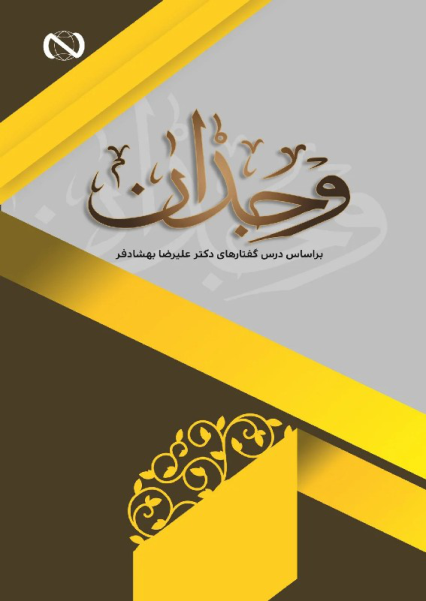The time to bring digital and media literacy into the mainstream of American
communities is now. People need the ability to access, analyze and engage in critical
thinking about the array of messages they receive and send in order to make
informed decisions about the everyday issues they face regarding health, work,
politics and leisure. Most American families live in “constantly connected” homes
with 500+ TV channels, broadband Internet access, and mobile phones offering
on-screen, interactive activities at the touch of a fingertip. In an age of information
overload, people need to allocate the scarce resource of human attention to quality,
high-value messages that have relevance to their lives.
Today full participation in contemporary culture requires not just consuming
messages, but also creating and sharing them. To fulfill the promise of digital
citizenship, Americans must acquire multimedia communication skills that
include the ability to compose messages using language, graphic design, images,
and sound, and know how to use these skills to engage in the civic life of their
communities. These competencies must be developed in formal educational settings,
especially in K–12 and higher education, as well as informal settings. The
inclusion of digital and media literacy in formal education can be a bridge across
digital divides and cultural enclaves, a way to energize learners and make connections
across subject areas, and a means for providing more equal opportunities in
digital environments.
 کتاب سل Ketab Sell | کتاب سل، بزرگترین منبع کتاب و جزوههای دانشجویی
کتاب سل Ketab Sell | کتاب سل، بزرگترین منبع کتاب و جزوههای دانشجویی









Reviews
There are no reviews yet.